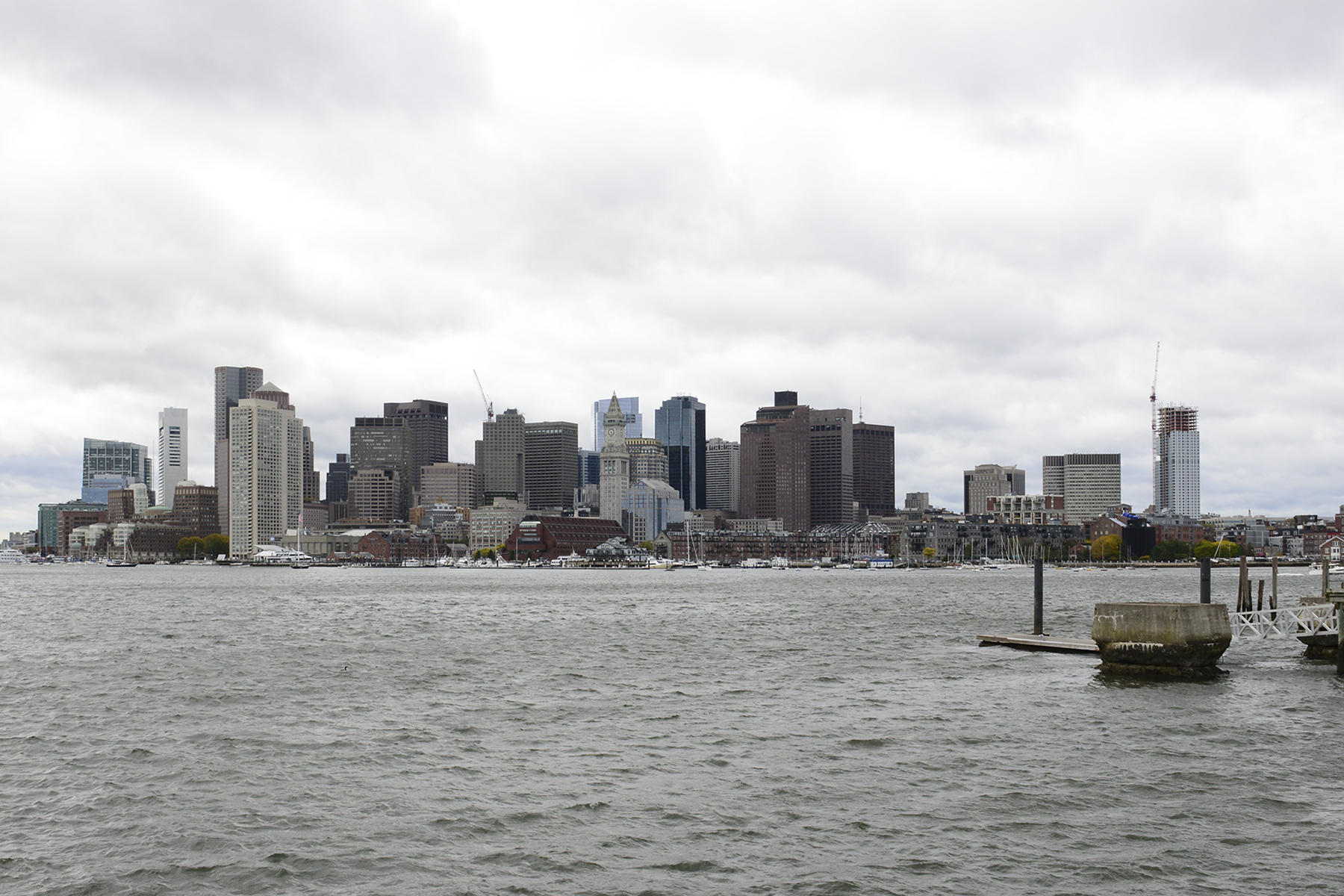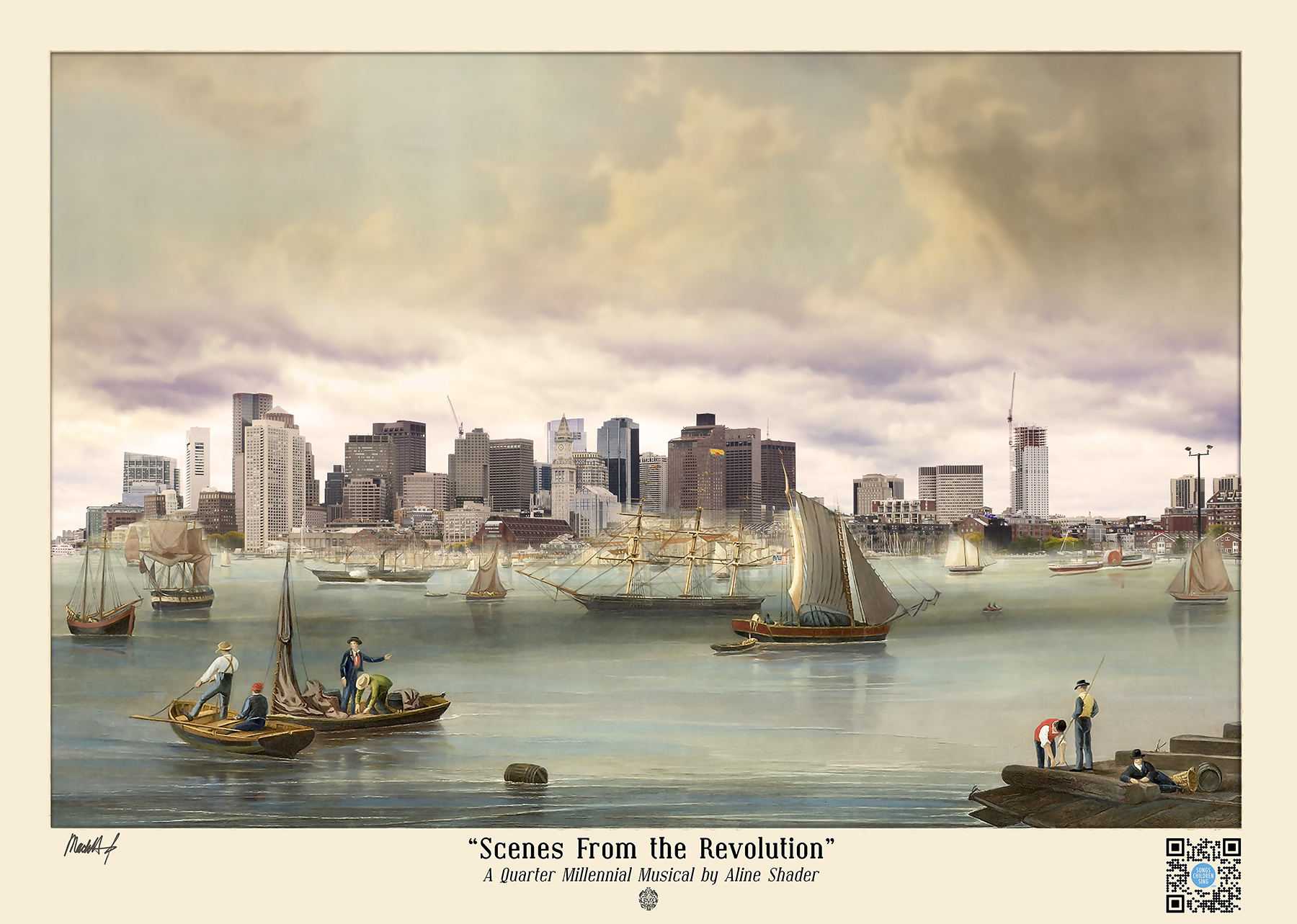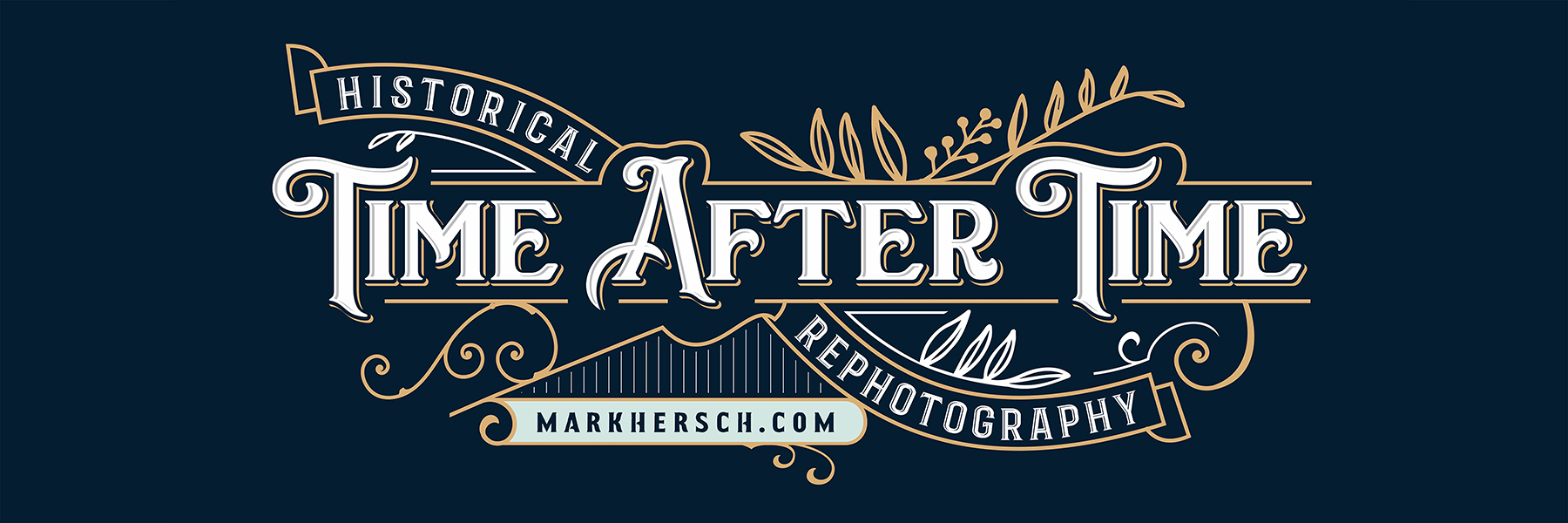by Mark Hersch
The image developed to represent “Scenes from the Revolution” was created with a keen eye and passion for rephotography.



“Scenes From The Revolution” has special meaning to me. Aline Shader, the composer, was my drama teacher at Bowen Elementary School in Newton Centre, Massachusetts. I performed the lead role in her “Thanksgiving Story” in 1967. It is a memory I will always cherish.
My interest in this project also brings me to the present, as I am a fine art photographer specializing in creating images that are a mix of then and now. Specifically, I digitally blend rare, historical photographs with identical photographs that I shoot from the same vantage point in the present day, creating a single image that reveals parts of the old world and parts of the new world. I call this collection: Time After Time: Historical Rephotography.
For “Scenes From The Revolution,” I wanted to create an image of old Boston combined with one of new Boston. However, the source image I chose was not a photograph but a painting: a 19th century hand-colored steel plate engraving by Charles Mottram (1807-1876), one of London’s most esteemed plate engravers, of the 1853 watercolor painting, “Boston,” by British-born American artist John William Hill (1812-1879). It is an expansive view of a busy Boston Harbor from a waterfront perspective in East Boston.
Ironically, this painting depicts a view much like that from the decks of the Beaver, the Dartmouth and the Eleanor when they arrived in Boston Harbor from England in December 1773, setting the stage for the Boston Tea Party.
To recreate the scene in the painting, I flew to Boston from my home in Chicago, boarded an MBTA Blue Line subway at Logan Airport and got off at Maverick Station in East Boston. Following a map, I made my way toward the harbor until I found the location on E. Pier Drive with the exact view. Needless to say, the scene looks very different today.
I carefully aligned my camera on a tripod and took a few shots. My timing was perfect as the sky was awash in colors I knew would blend well with the sky in the painting. Back home in Chicago, I returned to my studio and began working on the image.
Whenever I create a Time After Time piece, I am always looking to reveal the most compelling elements of both the old and new images. In this case the choice was easy. The key element of the painting was the harbor itself, with ships sailing in the water, and men working on the docks. The most important part of my photograph was, of course, the modern Boston skyline. Once blended together, I hoped to create a scene that would look like the harbor of the 19th century set in 21st century Boston. It has become one of my favorites in my entire Time After Time Collection.
I couldn’t be more honored and more grateful that this artwork was chosen for “Scenes from the Revolution.” Music is a window into the world and “Scenes from the Revolution” provides an opportunity, through music, for children to develop a love of history. Just like I did in Aline Shader’s classroom many years ago.
I’d love to hear from you! You can contact me via my website, where you can see the entire Time After Collection: markhersch.com
